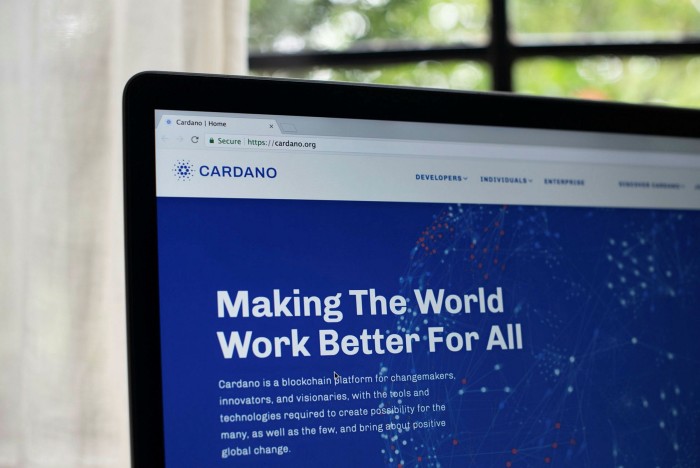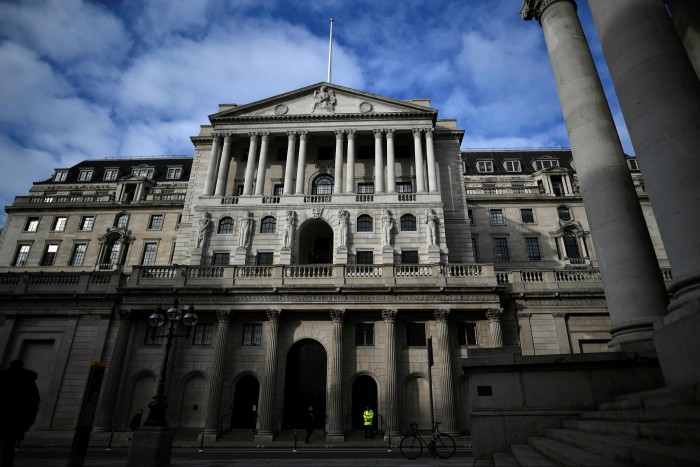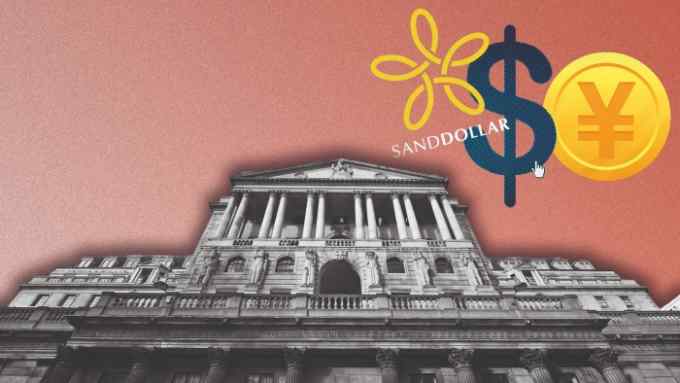What are digital assets and how does blockchain work?

Roula Khalaf, Editor of the FT, selects her favourite stories in this weekly newsletter.
What are digital assets?
Digital assets are electronic files of data that can be owned and transferred by individuals, and used as a currency to make transactions, or as a way of storing intangible content, such as computerised artworks, video or contract documents.
Examples of digital assets include cryptocurrencies, such as bitcoin, so-called asset-backed stablecoins, such as tether, and non-fungible tokens (NFTs) — certificates of ownership of original digital media.
How are digital assets bought, sold and held?
Records of ownership of digital assets are held securely on a type of decentralised database, or electronic ledger, called a blockchain, which is distributed among its users.
This structure enables the transfer of digital assets without the need to go through a central party, such as a bank, broker or intermediary. This can make transactions quicker and easier.
What exactly is a blockchain?
A blockchain is a type of electronic ledger, in which digital asset transactions are recorded in blocks of data that are “chained” together in a specific order and protected using complex computer “hash” codes.
Details of every new transaction must be verified by a network of computers, or nodes, before they can be added to the ledger. This verification process involves the details of the transaction being sent to all of the nodes in the network, which attempt to solve complex mathematical problems to prove that the transaction is valid. A majority must conclude that it is valid — it must be a consensus decision by the network.

All the nodes in the network can access the information and compete to be the next to validate a new transaction and add it to a block. Unlike traditional ledgers, therefore, a blockchain database is decentralised and there is no master version.
How is a blockchain built up?
Each consensus-verified transaction is added to a block of data, and the blocks are connected to each other in a chain. As each new block is added, the blockchain becomes a growing database of time-stamped transactions that, in practical terms, is impossible to alter.
What makes a blockchain secure and unalterable?
Each new block that is appended to the blockchain contains a complex and unique computer-generated code, called a hash. This is like a digital “fingerprint”. Each block also contains the hash, or fingerprint, of the previous block in the chain, to which it is now attached. These matching hash codes prove that the chain is intact, in the correct order, and unaltered.
If any attempt is made to tamper with the contents of a block, this will generate a new hash for that block, which will then differ from the hash of the previous block — breaking the chain. In order to conceal this tampering, a hacker would have to recalculate the hash code held in the next block in the chain, which would have the effect of changing that block’s own hash, requiring the next block’s hash codes to be recalculated, and so on. Every hash in every subsequent block in the chain would therefore have to be recalculated — a process requiring so much computing power that it would be extremely difficult. The database is therefore, in effect, “append-only” — it is not possible for anyone to go back and revise it later.

Who provides this blockchain technology?
Several technology platform providers facilitate the building of blockchains. According to industry estimates, 60-70 per cent of public blockchains are run on the Ethereum platform. Some believe this could become the preferred provider of technology for a range of decentralised processes. However, newer rival blockchain platforms with greater processing capacity have now sprung up, including Avalanche, Solana and Cardano. Solana has been used as a platform for the sale of new collections of NFTs.
What are the benefits of holding digital assets?
Digital assets can be quicker to issue than paper-based or physical assets. Their electronic-only format can also streamline the transaction process, reducing administrative and physical storage costs. These are some of the reasons that central banks and commercial banks are considering the use of digital assets and blockchain technologies.
What are the risks of holding digital assets?
Digital assets held on a blockchain can pose both investment and security risks.
The main investment risk is that digital assets that are not backed by physical holdings or fiat currencies issued by governments or central banks can fluctuate widely in value — driven by sentiment and demand. Cryptocurrencies such as bitcoin have been known to double or halve in value against conventional currencies within the space of a few months.

In October, Bank of England deputy governor Jon Cunliffe warned: “A massive collapse in crypto asset prices, similar to what we have seen in tech stocks [in 2000] and subprime [mortgage-backed securities in 2008], is certainly a plausible scenario.” A similar risk is that the high prices currently being paid for NFTs — such as the $69m paid for a token conferring ownership of a digital collage by the artist Beeple — will not be sustained.
The main security risk is that digital asset exchanges, which allow individuals to buy and sell assets such as cryptocurrencies, can be hacked by criminals. A further risk is posed by electronic “wallets” which can be used to store cryptocurrencies and are protected by complex 16-digit “private keys”. Cybercriminals can trick users into giving away their private keys, and then steal their assets. Or users who forget their private keys can permanently lose access to their assets, as there is no central ownership register.
What else can blockchains be used for?
Banks and fintechs have been working on ways to use blockchains to improve payment systems. By using distributed ledger technology, payment systems can, in theory, be made faster and more secure. Some banks are experimenting with issuing bonds on blockchains, as well, which could streamline the existing process, cut costs and reduce risk in the settlement process. The World Bank has already sold and managed bonds using blockchain technology, and the European Investment Bank recently raised €100m from a two-year bond registered on the Ethereum blockchain network.
A blockchain’s decentralised structure could also remove the need for intermediaries — so bonds would no longer need to be registered with a central securities depository.
Weekly newsletter
For the latest news and views on fintech from the FT’s network of correspondents around the world, sign up to our weekly newsletter #fintechFT

Comments